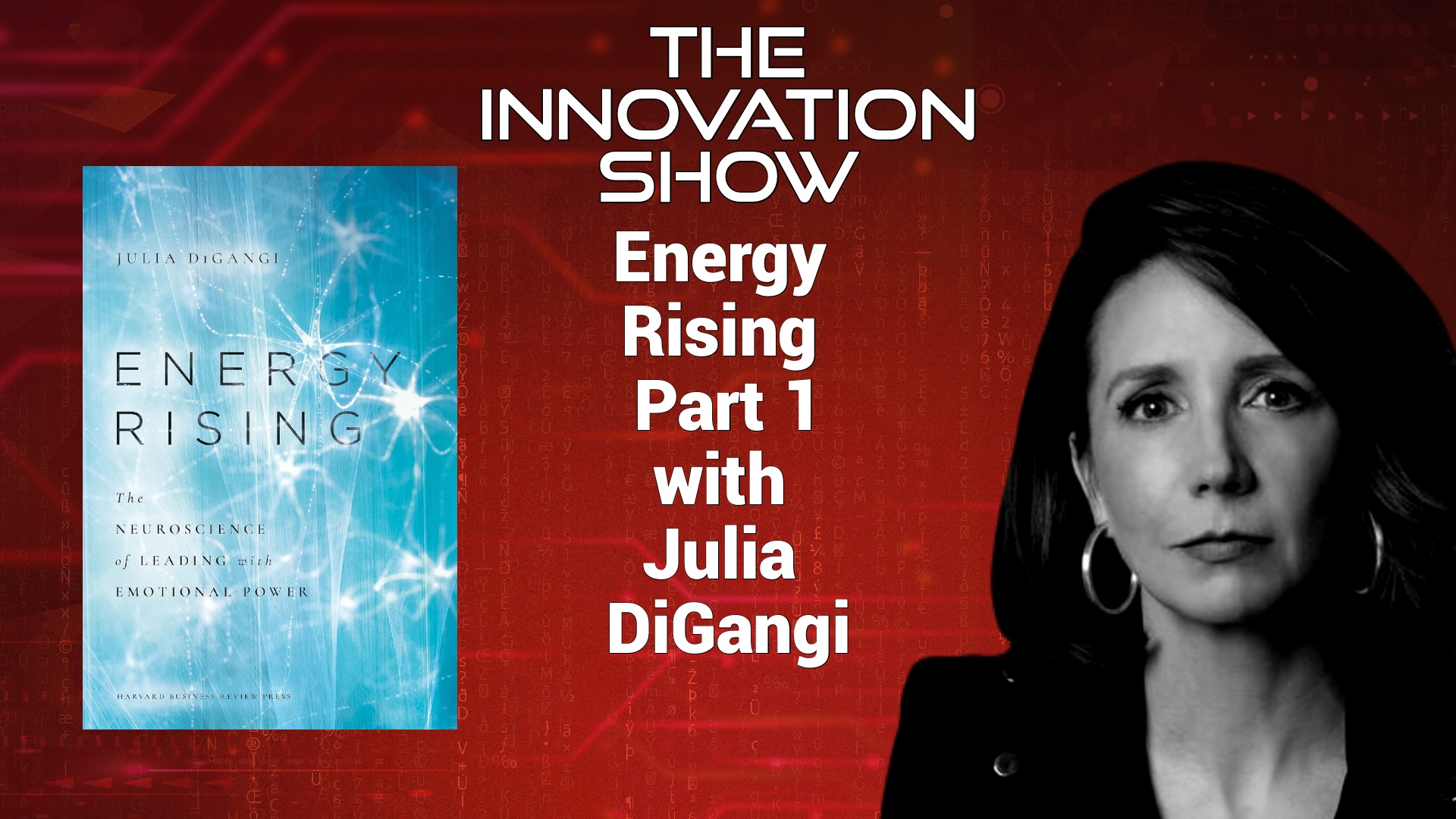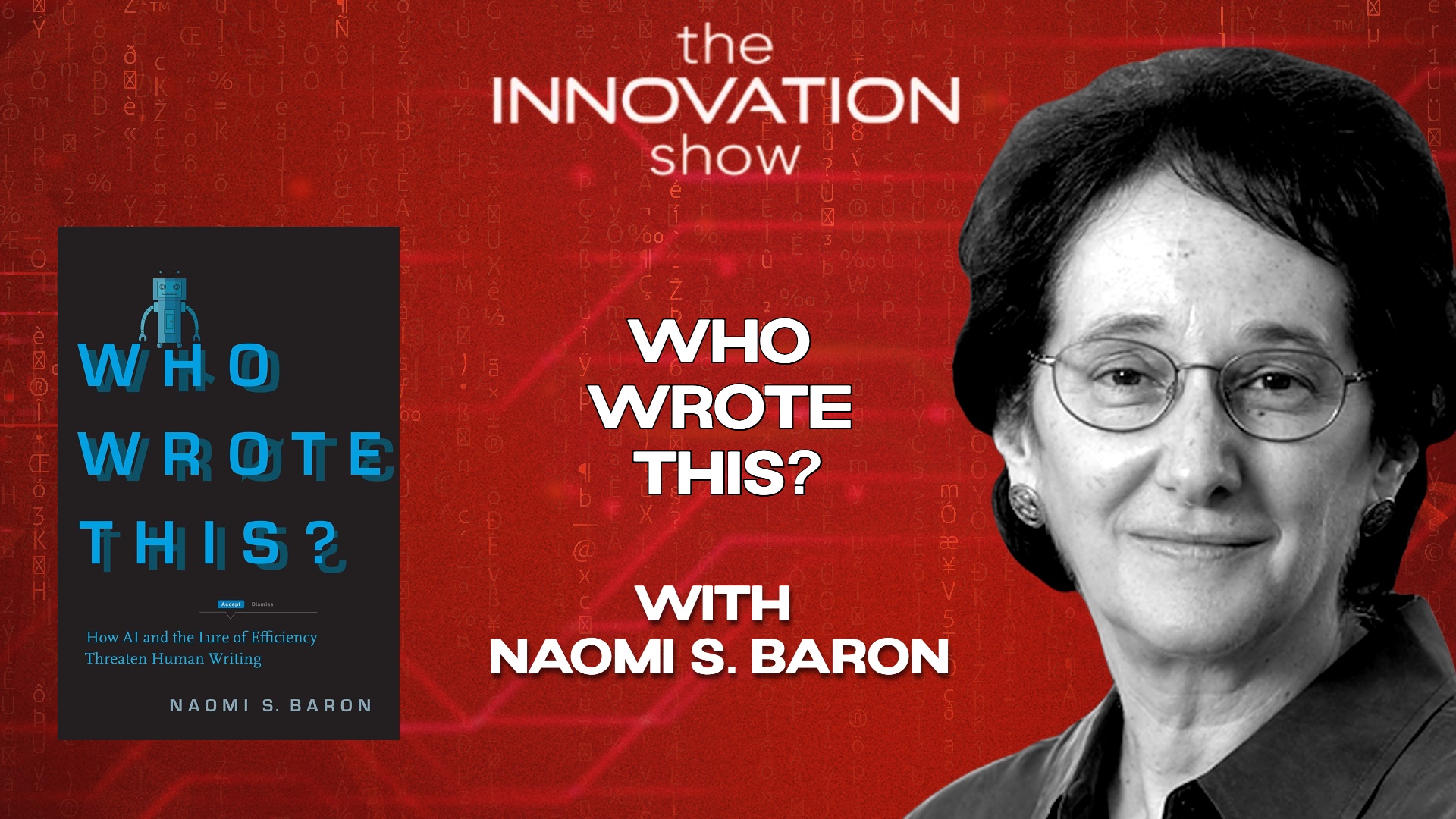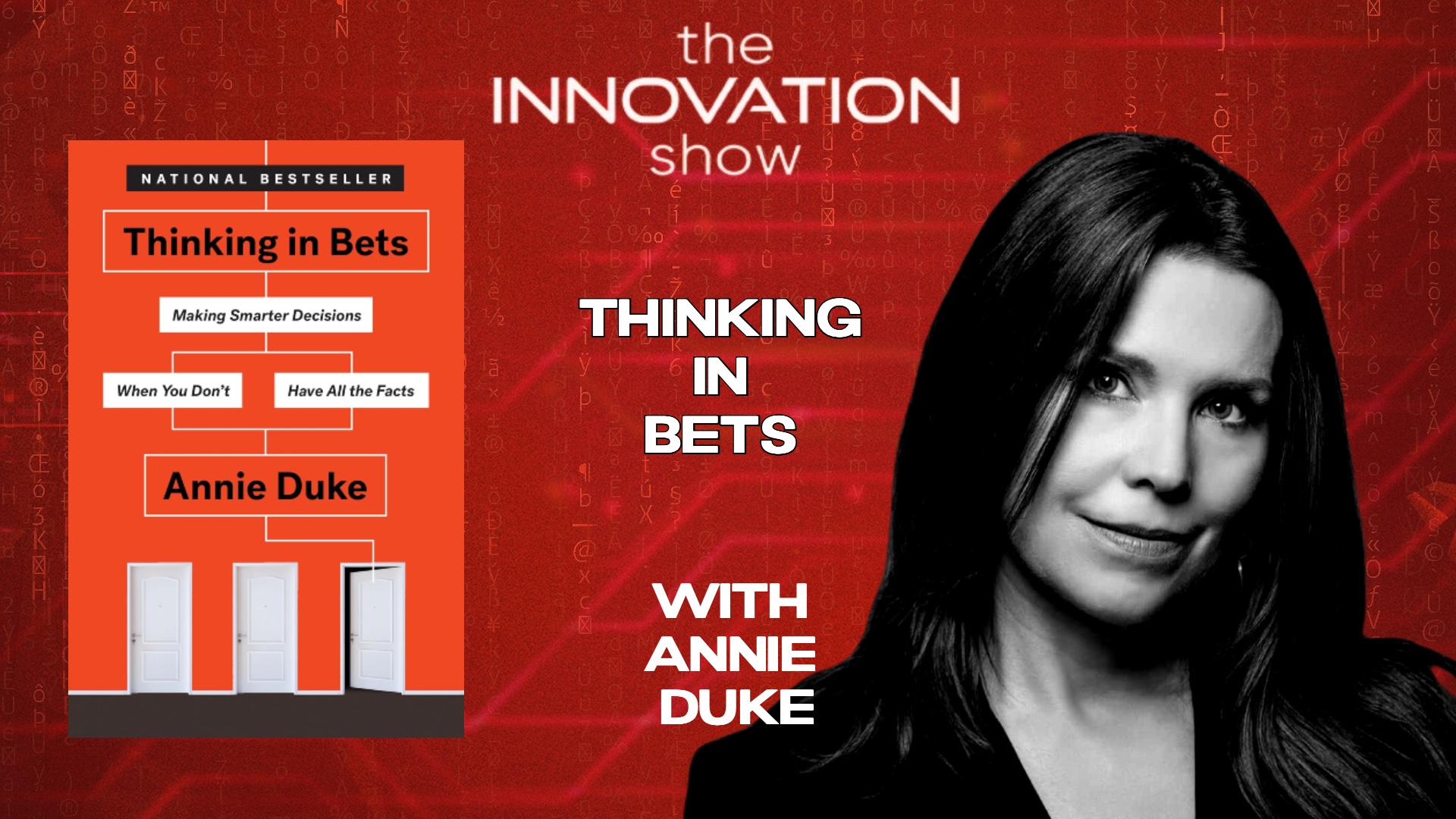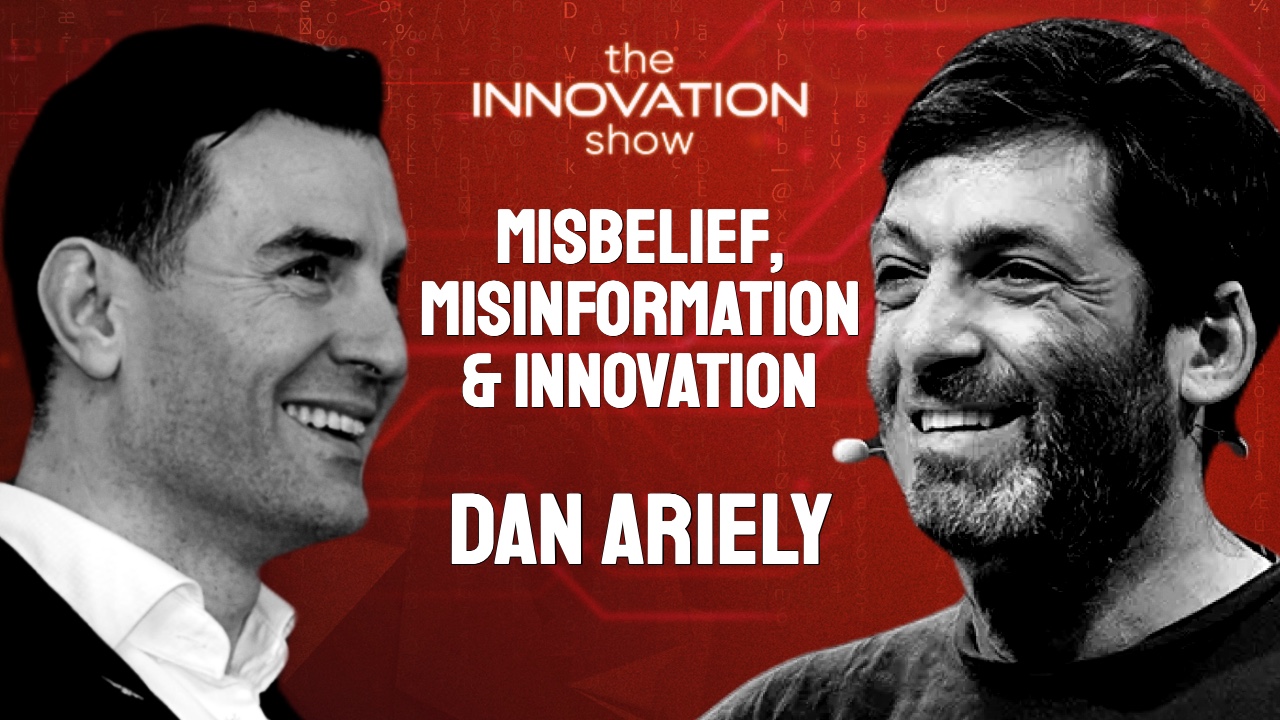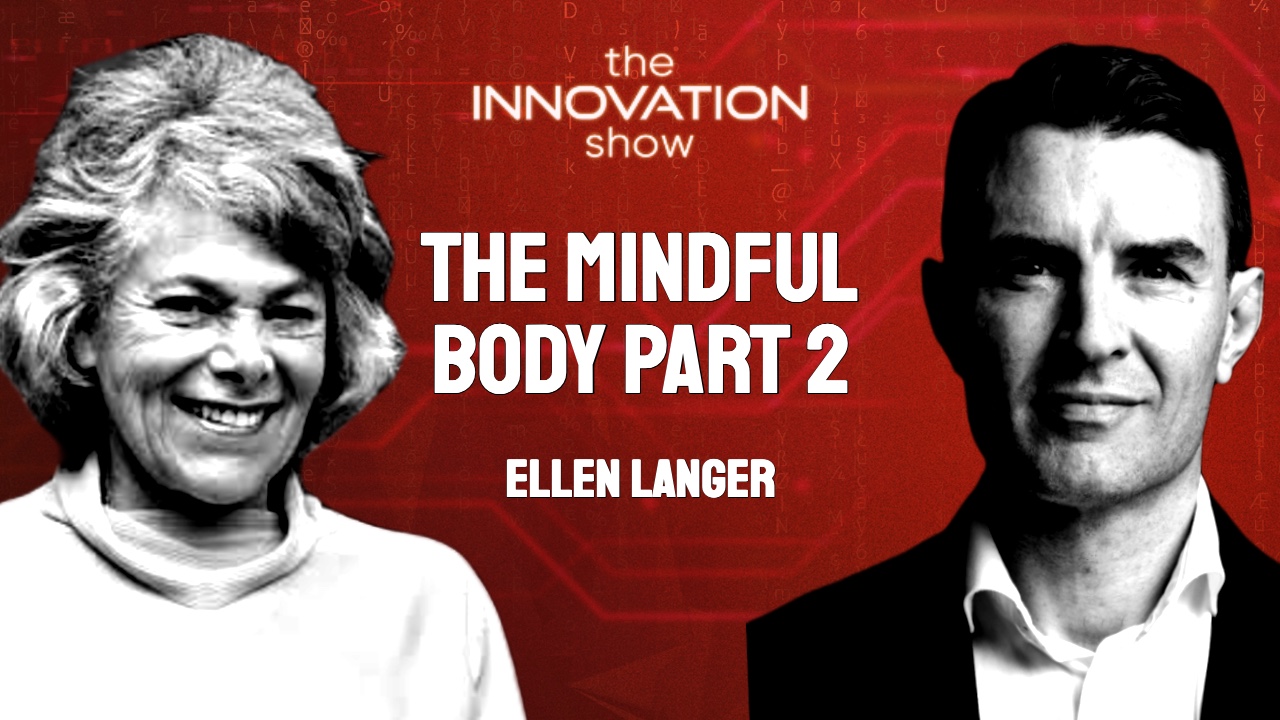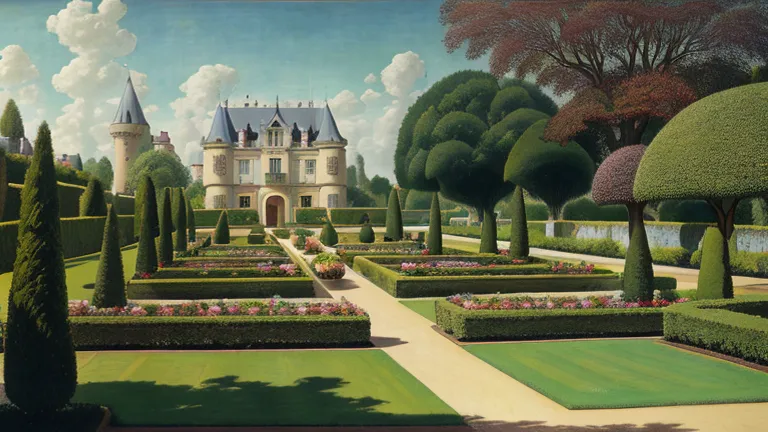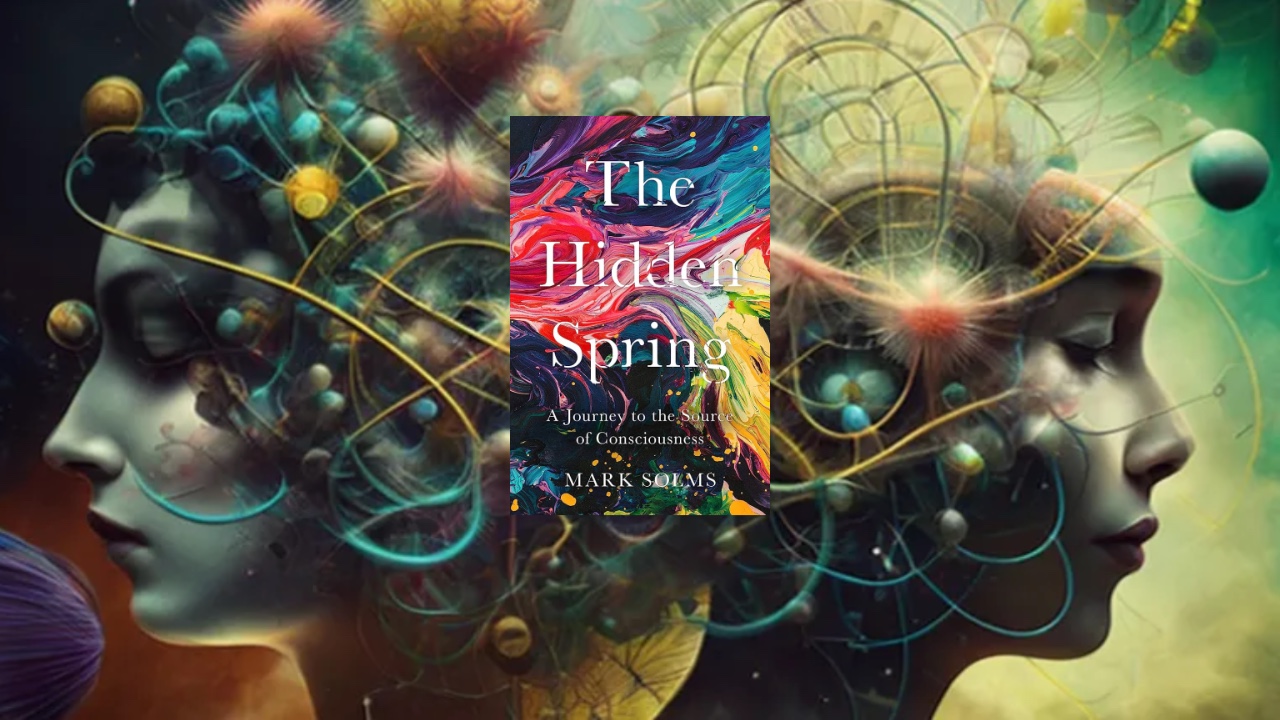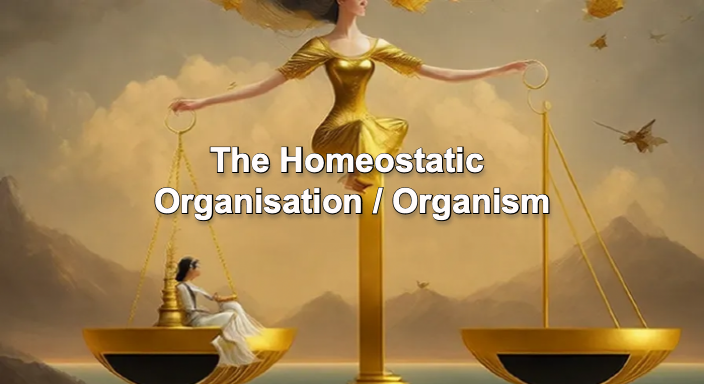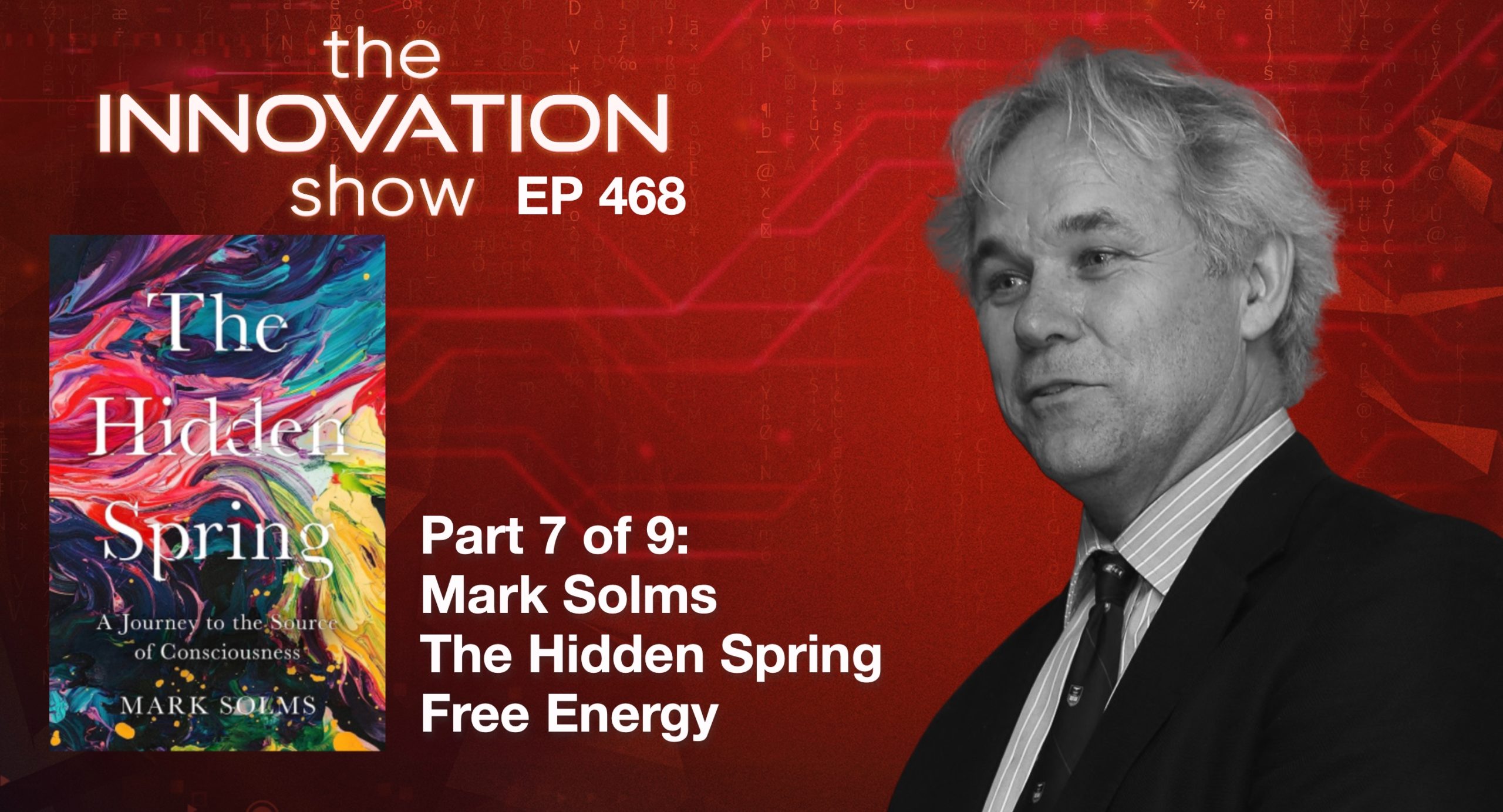Julia DiGangi, neuropsychologist and author of ‘Energy Rising,’ unveils how emotional energy shapes our lives. From navigating uncertainty to cultivating leadership through emotional intelligence, Julia offers profound and practical insights for personal and professional transformation.
Posted 9 months ago Tagged academic writing AI in education AI writing tools Aidan McCullen artificial intelligence in education author interviews authorship book discussion ChatGPT copyright issues with AI creative writing digital impact on learning digital writing vs. handwriting embodied cognition ethical concerns of AI future of writing human creativity intellectual property language and literacy Naomi S. Baron OpenAI originality in writing technology and writing skills The Innovation Show thinking skills writing and thinking connection
In this enlightening episode, Naomi S. Baron, author of ‘Who Wrote This?’, discusses the profound effects of AI writing tools on our ability to think, write, and create authentically. We explore the nuances of human creativity, the struggle that shapes meaningful writing, and the ethical dilemmas surrounding AI in education and intellectual property.
Posted 10 months ago Tagged Aidan McCullen Annie Duke cognitive psychology Cognitive Science decision making decision quality Eric Seidel Executive Education feedback loops game theory optimal Innovation Marshawn Lynch National Science Foundation NFL Pete Carroll poker precommitment contracts quit resulting risk assessment Seahawks Super Bowl Thinking in Bets uncertainty
Join Annie Duke to explore her bestseling book, Thinking in Bets, linking NFL strategies, poker psychology, and decision-making in business. Learn how to improve decision quality, manage uncertainty, and apply cognitive science to innovation and risk assessment.
Posted 1 year ago Tagged Aidan McCullen Behavioral Economics Business Cognitive Bias Cognitive Dissonance Conspiracy Theories Dan Ariely Dunning-Kruger Effect empathy Fake News Identity and Belief Innovation Leadership Misbelief Misinformation Political Affiliation Psychology Resilience Secure Attachment Shibboleth Social Media Stress and Misbelief Transformation Trust in Society
This episode features Dan Ariely, author of ‘Misbelief, what makes rational people believe irrational things’, focusing on the psychology behind misinformation and belief in conspiracy theories.
Posted 1 year ago Tagged Aidan McCullen Business Leadership
Discover Ellen Langer’s transformative insights on mindfulness and positive psychology for boosting creativity and innovation, on the innovation show.
Posted 2 years ago Tagged Aidan McCullen Business Corporate Culture Disruption Entrepreneurship Innovation Leadership Strategy Technology Transformation
The ‘private lawn’ is the ability to have the time and space to plan, think and grow. For some of us, daily survival consumes all our time and energy, leaving no room for strategic thinking or planning. Few organisations carve out the time to plan, strategise and think about long-term goals and objectives.
As business leaders, creating an environment where everyone can access their ‘private lawn’ – a space for growth, planning, and forward-thinking is crucial. However, we must also plan by priority.
Posted 2 years ago Tagged Aidan McCullen Business Consciousness Entrepreneurship Entropy Homeostasis Human Potential Innovation Leadership Mark Solms Markov Blankets Technology The Free Energy Principle The hidden spring Undisruptable
It is a pleasure to welcome the author of The Hidden Spring: A Journey to the Source of Consciousness, Mark Solms. In this episode, we talk about the brain’s prediction system.
00:00:00.000 Introduction and Overview of the Chapter
00:03:30.388 Establishment of the Meteorology Department
00:11:59.546 The Fundamental Task: Minimizing Free Energy
00:15:43.370 Feelings: Connecting Us to Our Ancestors
00:19:36.790 Neglecting the inter-receptive and extra-receptive in cognitive science
00:22:30.002 The brain’s attempt to contain environmental effects on the organism
00:31:32.675 Innate Predictions: Fear and Instinctual Behaviors
00:34:19.723 The Evolution of Responses and Predictive Model Complexification
00:42:59.118 The Brain: Ones and Zeroes, Predictions and Errors
00:54:18.834 The Brain as an Organization
00:59:57.338 Emotional Needs and Scripts
Posted 2 years ago Tagged Aidan McCullen Business Consciousness Entrepreneurship Entropy Homeostasis Innovation Leadership Mark Solms Technology The Free Energy Principle The hidden spring Undisruptable
Resisting entropy is a fundamental function of living things. Similarly, organisations that resist change become victims of entropy, disrupting the balance of their systems and tipping the scales towards entropy. Maintaining homeostasis is not an event. It is a continual process. Maintaining success requires effort, constant renewal and permanent reinvention.
Posted 2 years ago Tagged Aidan McCullen Business Consciousness Entrepreneurship Entropy Homeostasis Innovation Leadership Mark Solms Technology The hidden spring Undisruptable
Homeostasis refers to the maintenance of relatively constant internal conditions in an organism. For example, we maintain an average body temperature of about 98.6°F (37°C). In a cold environment, we shiver to return to our ideal body temperature. We fan ourselves or find other means to restore homeostasis in a warm climate. This delicate balance within biological systems is the hotbed of existence.
Posted 2 years ago Tagged
It is a pleasure to welcome the author of The Hidden Spring: A Journey to the Source of Consciousness, Mark Solms. We share terms like Markov Blankets, The Free Energy Principle, Homeostasis, and Entropy.
